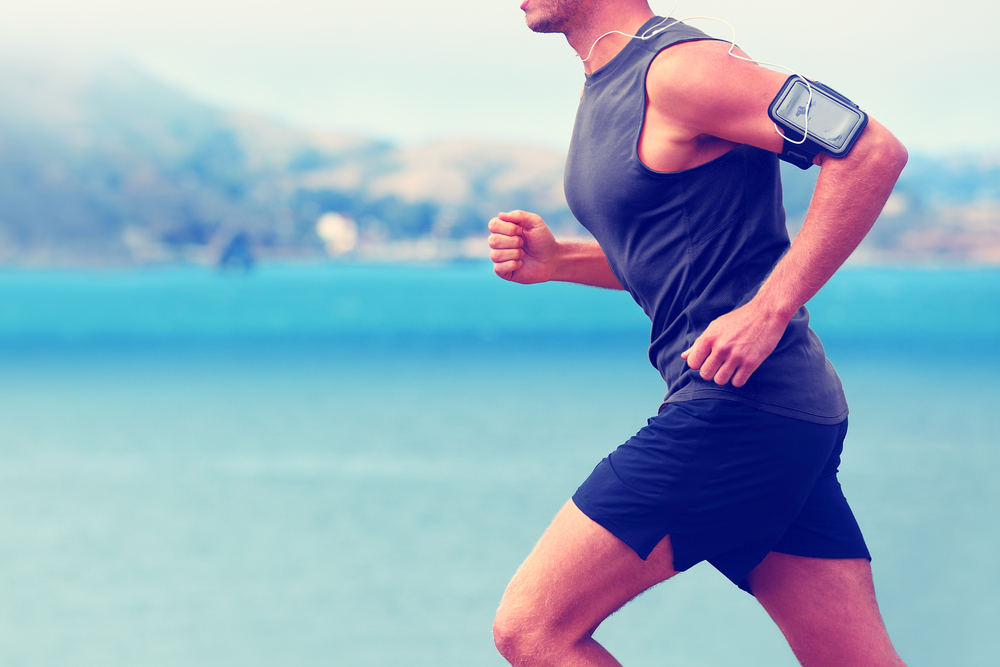Gluteal tendinopathy is characterised by pain to the side and back of the hip and buttock region (Pain in the Bum), and it may radiate down the side of the thigh. It is a problem commonly associated with late-middle aged females, and there may or may not be some associated osteo-arthritis of the hip joint. Gluteal tendinopathy can also occur in the active sporting population of any age.
The issue commonly appears gradually, without one particular incident recognised to have ‘set it off’. Putting weight on the affected leg, or lying on that side in bed will likely be aggravating and painful. The area over the hip will be tender to touch, especially when the physiotherapist touches it. There will also likely be pain with either a stretch or a contraction of the gluteus medius muscle.
This is one of your large bum muscles that contributes to sideways movement of the leg in a direction away from the body. It is the tendon of this muscle that generally has the tendinopathy (A tendon is simply the tougher end-tissue of a muscle as it connects to a bone. They can be shorter or longer depending on location and function needed.) The problem may be significant enough that it affects the way you walk, leading to a slight limp, as the gluteus medius muscle has a large role in the biomechanics of walking. Treatment involves activity modification and a progressive rehabilitation programme, which also addresses other biomechanical issues.
Clearly the current level of activity is aggravating the condition. It would logically follow that a rest might help. This is partly true. Complete rest is not helpful for a tendinopathy. Complete rest is helpful in an acute injury with a degree of swelling present. It is important to note that there is not always necessarily an acute phase, or even a great deal of inflammation with gluteal tendinopathy (Pain in the Bum). The gradual onset usually means little to no swelling, so all that happens with complete rest is that the muscle gets smaller and the tendon wastes a little bit. The pain will possibly disappear, but only until you choose to use your muscle fully again.
The concept of active rest involves continuing to place load through your tendon, but doing so in a controlled way. This means decreasing the amount and/or the intensity of the activity that you do. Strong stretching of the muscle is not advised, as it can aggravate the tissue and prolong the issue.
Some focused rehabilitation exercises are also needed. Your physiotherapist will prescribe these exercises for you in a mode and amount that is beneficial to your recovery. A functional strengthening program is needed for the gluteals. The rehabilitation is progressively increased in a safe way in order to avoid re-aggravation of the tendon, while allowing functional return of strength and movement.
Other biomechanical issues in the leg, pelvis, and trunk should also be addressed with the plan of future prevention of relapse. A holistic biomechanical approach often yields the best future preventative results, as it tends to best address the causative factors inherent in the initial development of the gluteal tendinopathy, or Pain in the Bum.
There is unfortunately not a quick fix for gluteal tendinopathy (Pain in the Bum). It is a slow onset, so tends to be slow to treat. That said, with proper care and a good management plan, there is a very good outcome. Over the course of treatment, you will be given a load of management tools and skills with which to prevent the recurrence of the problem. You will also begin to learn to notice the early warning signs of the issue, and will be empowered to employ these same management skills to hopefully prevent a full return of your issues. In short, you will learn to control your issue, so that it is mostly no longer an issue. And don’t worry we are; we are still here to help if you need us!
Book an appointment online or phone us on (08) 9384 3269!

